Introduction
It’s 1989. Most people are using 286 or 386-based systems with 2-4 MB of memory, and an EGA monitor. Some people are still using the IBM 5150 PC or 5160 XT, likely paired with an MDA card and green-screen monitor (both of which were still sold new within the last 3 years). A few people have Amigas, Ataris, Macintosh IIs, or new 486 machines. The new Atari Portfolio is sometimes used on the road, as well as the older Epson HX-20 and TRS-80 Model 100. Quite a few people are using 2400 baud external modems to connect to Bulletin Board Systems and download utilities like PKZIP or PKARC. But there’s one portable computer coming out that has everything you could ask for on-the-go – a VGA Screen, a 386 running at up to 20 MHz, and a hard drive with a size of up to 120 MB (!).
Meet the IBM PS/2 P70. Not related to the modern ThinkPad P70 (which came out in 2015), the PS/2 P70 was a “luggable” Microchannel Architecture (MCA) computer, with an amber gas-plasma display similar to the Toshiba T5200. It came with a truly pleasant fold-down mechanical keyboard, gorgeous display, 3.5″ Floppy Drive (when many people were still using 5.25″), and, of course, a PS/2 Port for a mouse (when serial mice, InPort mice, and no mice at all were still very common).
The only problem would have been the prohibitive cost. My model, when it was new, cost $7,695 as of the product announcement on May 9, 1989. If we convert this to 2018 dollars, we’re looking at $15,486. There are still new cars being sold for less than that.
This computer might seem cumbersome, too big to use on the road, and not truly portable (since it didn’t run off batteries). But at the time, there were no equivalent offerings from Data General, Tandy, Toshiba, Bondwell, Magnavox or any other company that manufactured portables of the day. (Especially regarding the VGA screen and PS/2 Port.) Also remember that the original Nintendo Game Boy was just coming out at this time.
The PS/2 Model P70 is essentially a portable version of the PS/2 Model 70, which was a horizontally-oriented Microchannel Desktop system of the time. I do have one of these, equipped with two 3.5″ Floppy Drives, 5 MB of RAM, and a 60 MB ESDI Hard Drive. This particular desktop configuration cost $7,995 in August of 1988. I can confirm that the desktop behaves quite similarly to the portable, both in design and “mannerisms”.
Working with old computers, and saving them from a trip to the trash, can be easier than it seems. I got my PS/2 P70 for fairly cheap, because it had three main show-stopping problems: No video (picture), bad CMOS battery, and completely missing floppy drive. I installed one of my spare PS/2 L40SX floppy drives, popped a new CR-P2 battery into the socketed CMOS Battery Holder, and used some DeOxit on the plasma display connector. Good as new.
Note that a working floppy drive is necessary to enter the Configuration Utility and set the machine’s parameters, such as Hard Drive Type (otherwise, the computer will not know how to boot from it.) If the CMOS battery (6V CR-P2) runs out, the machine will “forget” this configuration, and will not boot from the hard drive until you run the configuration utility again. This doesn’t sound terrible at first, but the P70’s integrated floppy drive is notoriously unreliable for a few reasons. First, the vertical design causes dust to accumulate in it. Second, it’s semi-proprietary (as it carries power and data on the same cable). It’s possible to retrofit a regular IDE floppy drive, but this process requires modifications to the cable. Third, the P70’s factory floppy drive is prone to capacitor failure, which causes the drive motor to spin at full speed, making floppy drive file operations fail!
Pictures
Here are some extreme close-up shots of the interior, taken in 2019:
And here are some action shots:
Here are some miscellaneous case shots:
And finally, a picture of the finished product, including the original enclosure (which took a while to find) around the Floppy Drive. The entire floppy assembly tilts outward when you push on it, and clicks back into place for storage:
Revised on June 29, 2021

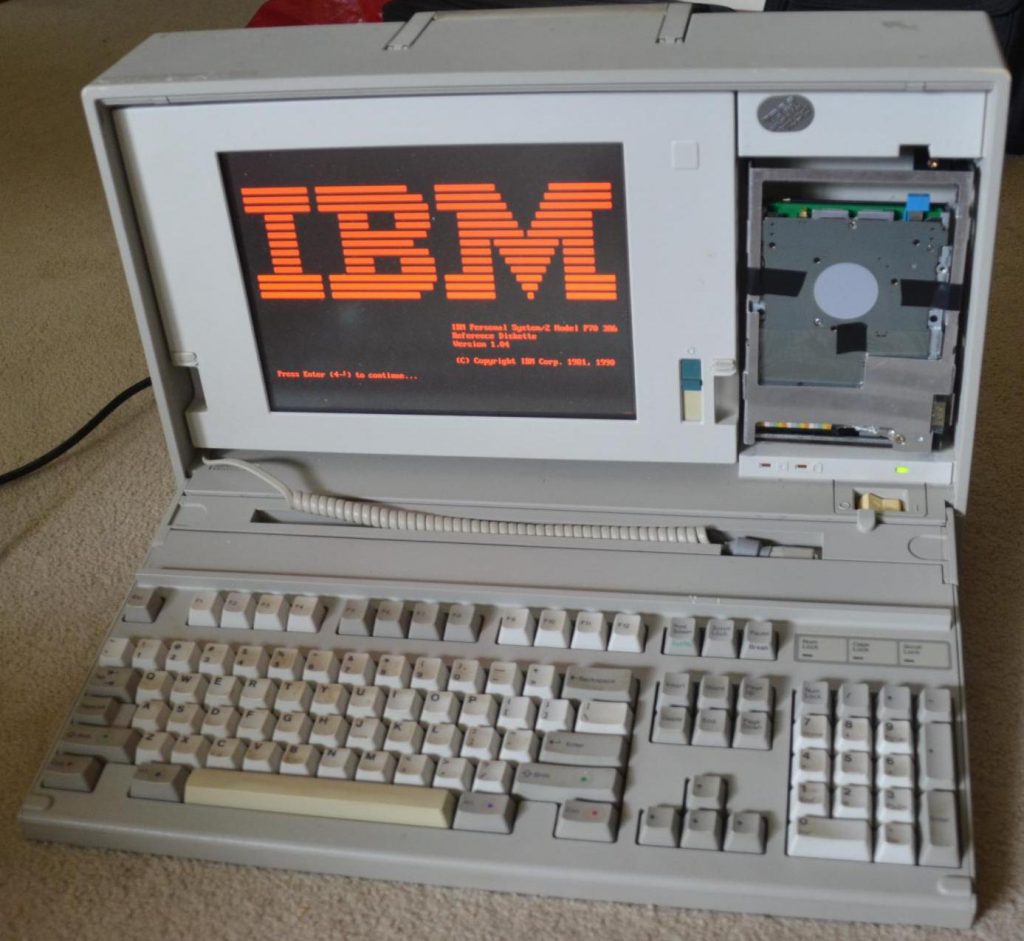

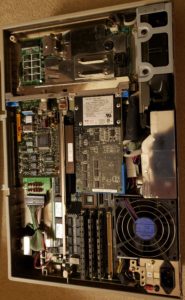
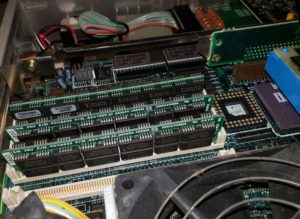
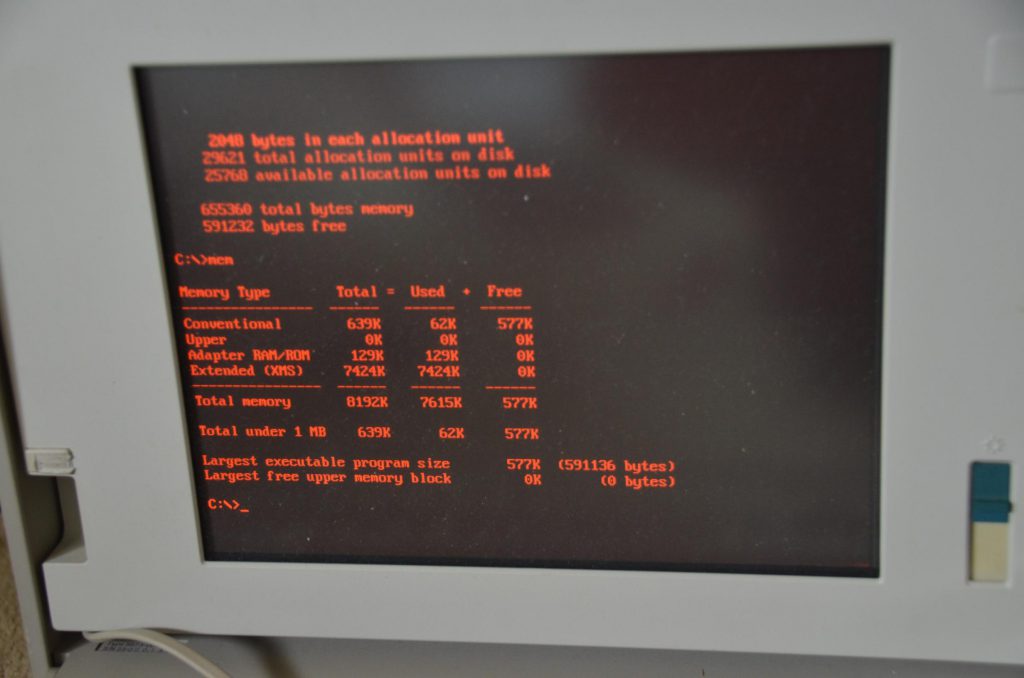
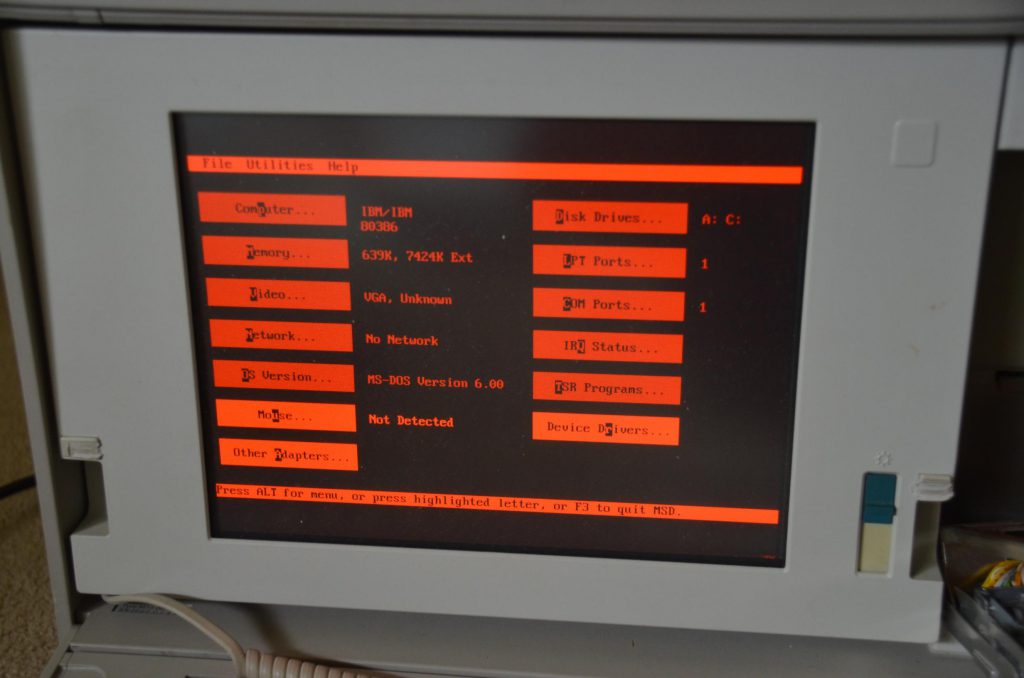
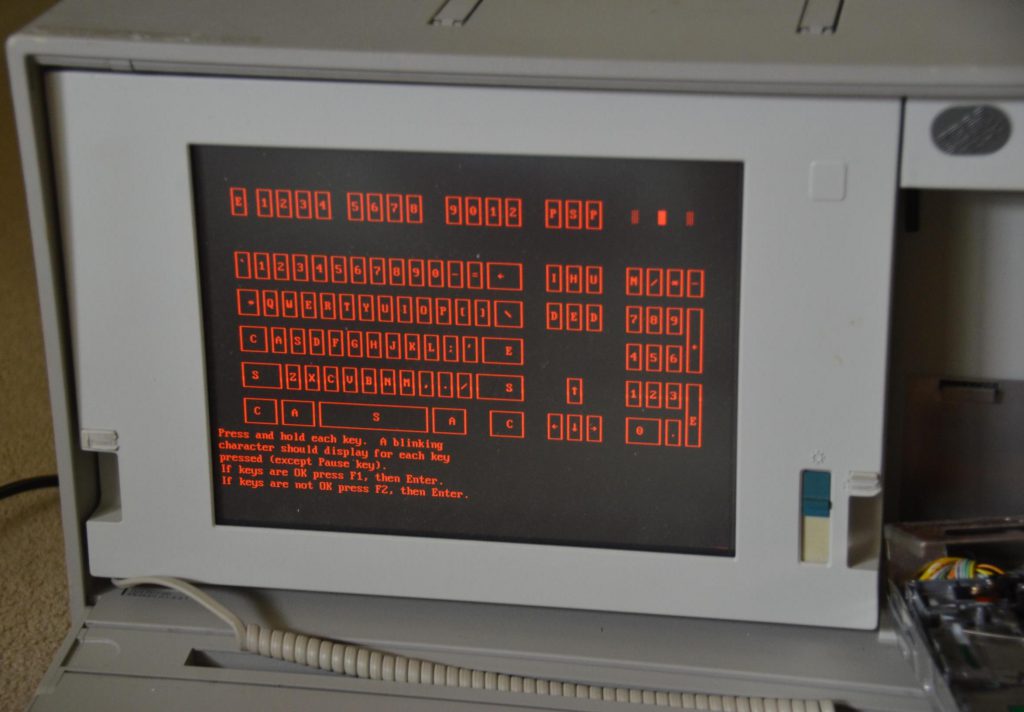
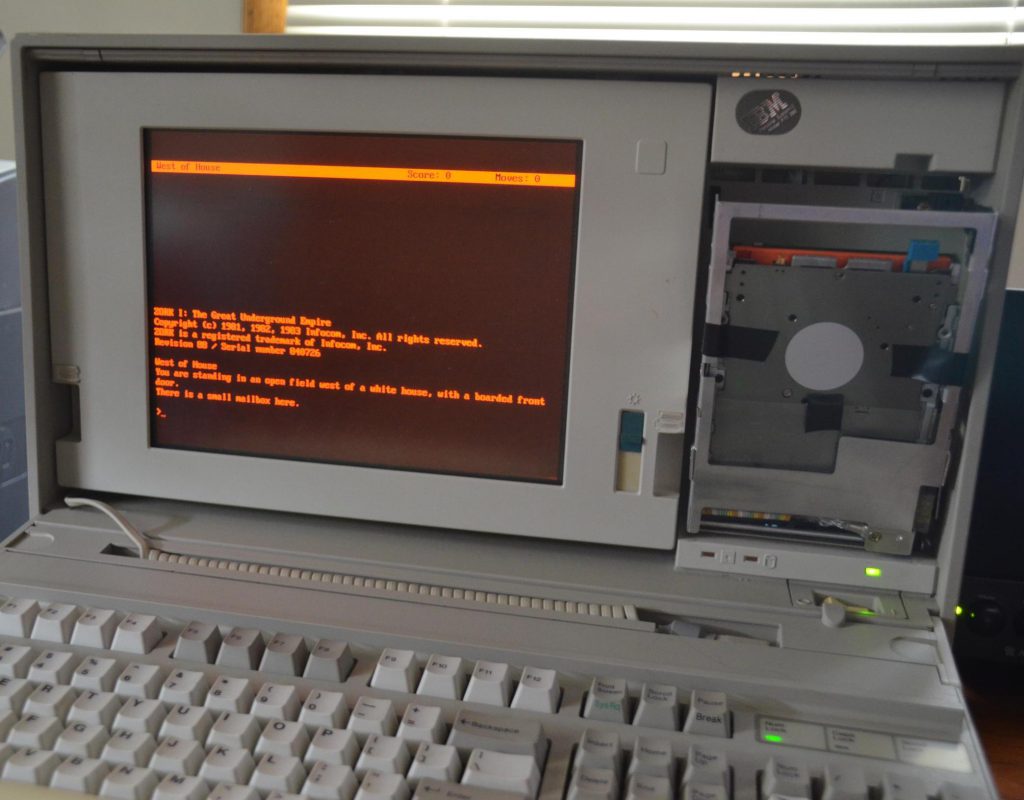
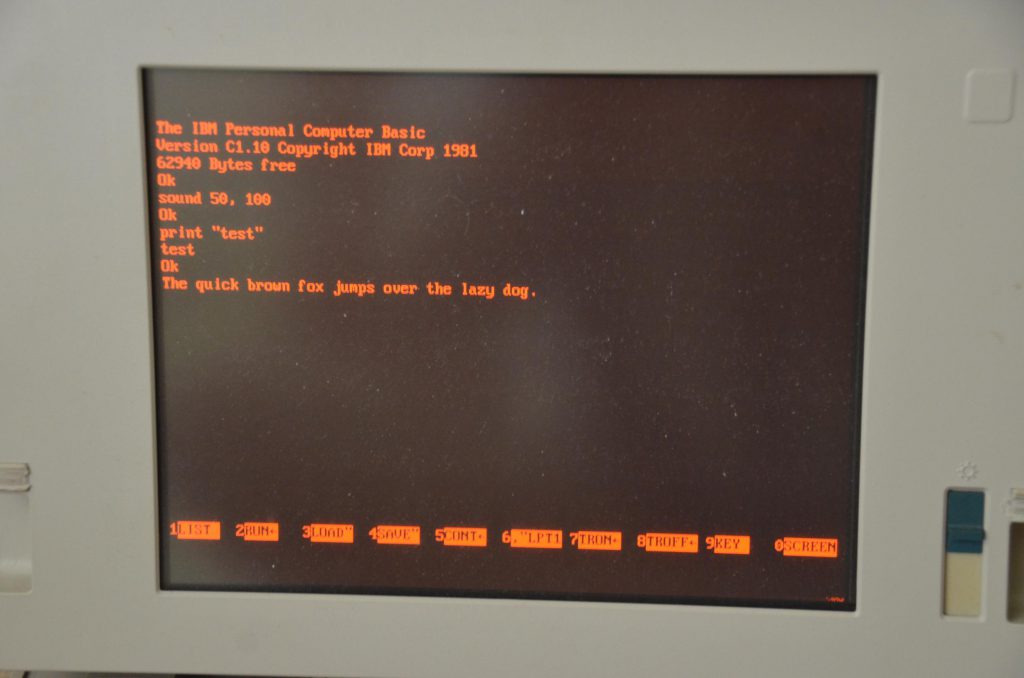
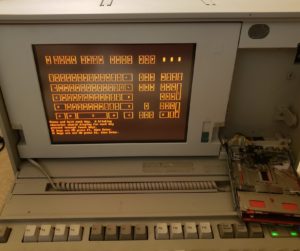
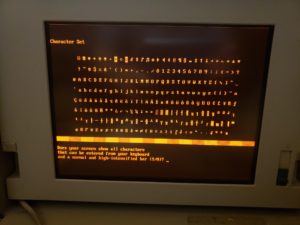
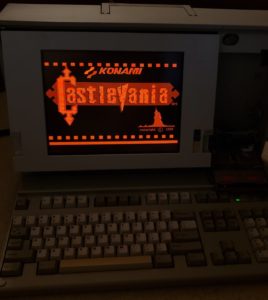

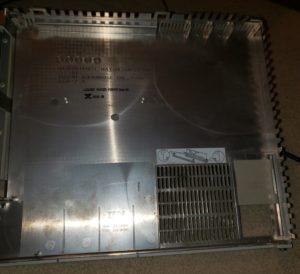

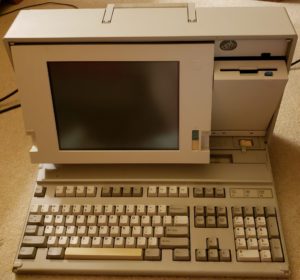
I acquired a used PS/2 P70 in the late 1990’s that I used for a few years. I used it primarily for word processing and email until I upgraded to used Toshiba satellite laptop. It was heavy, but portable enough that I could take it on the road when attending in-residence seminars. I have some fond memories of that work horse. Thanks for the background information and a trip down memory lane.
Hello, I’m glad to see your introduction to the P70 computer, some of which I first learned about. I sent you a letter from China, P70 computer is very rare here. I’m lucky to have one. Thank you again for your photos. As you can see from the web page: http://www.pcang.com/fang/ibm_personal_system-2_P70.htm
How does one insert and remove disks in and from the floppy drive? Also, it looks like some sort of plastic should cover it.
The entire floppy assembly tilts downward (pops out) when you push on it. As mentioned in the article, I had to use a non-original floppy drive, so it didn’t have any plastic enclosure. However, I found one years later, and just uploaded a picture of the final assembly (at the bottom of the article.)
I remember these laying around the IBM Rochester, MN AS/400 lab. They were useful to run the AS/400 terminal software.